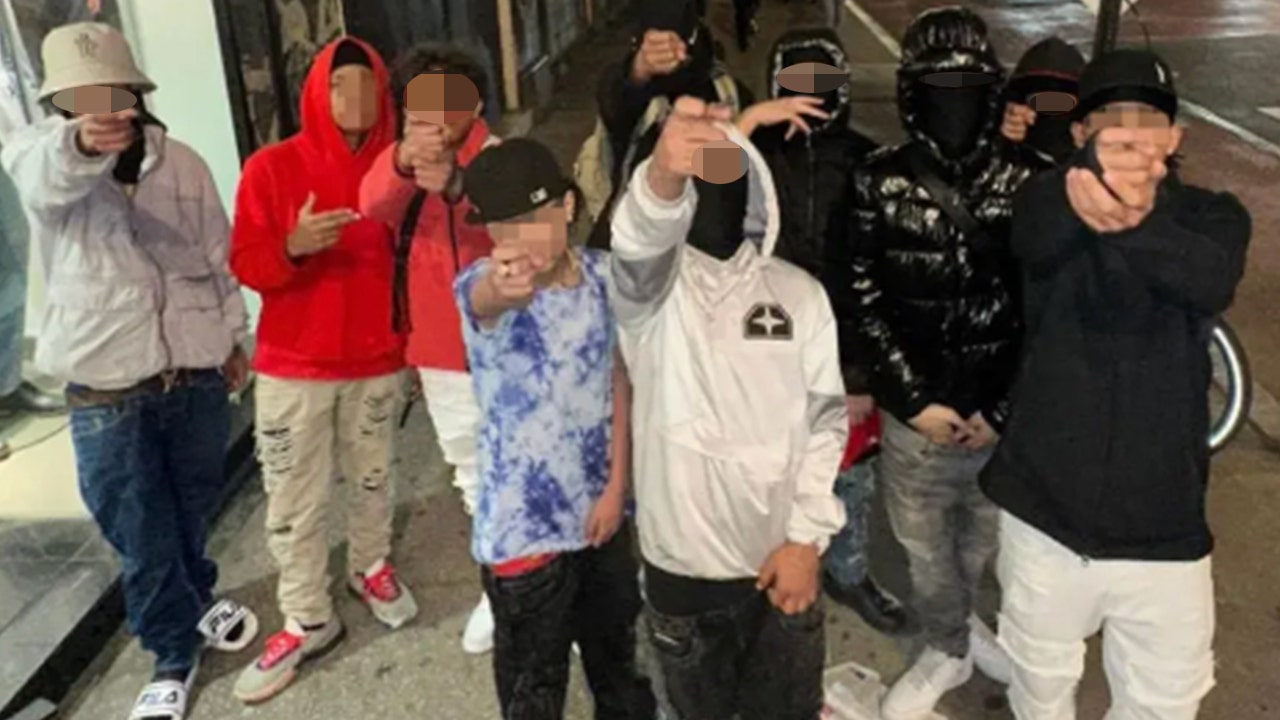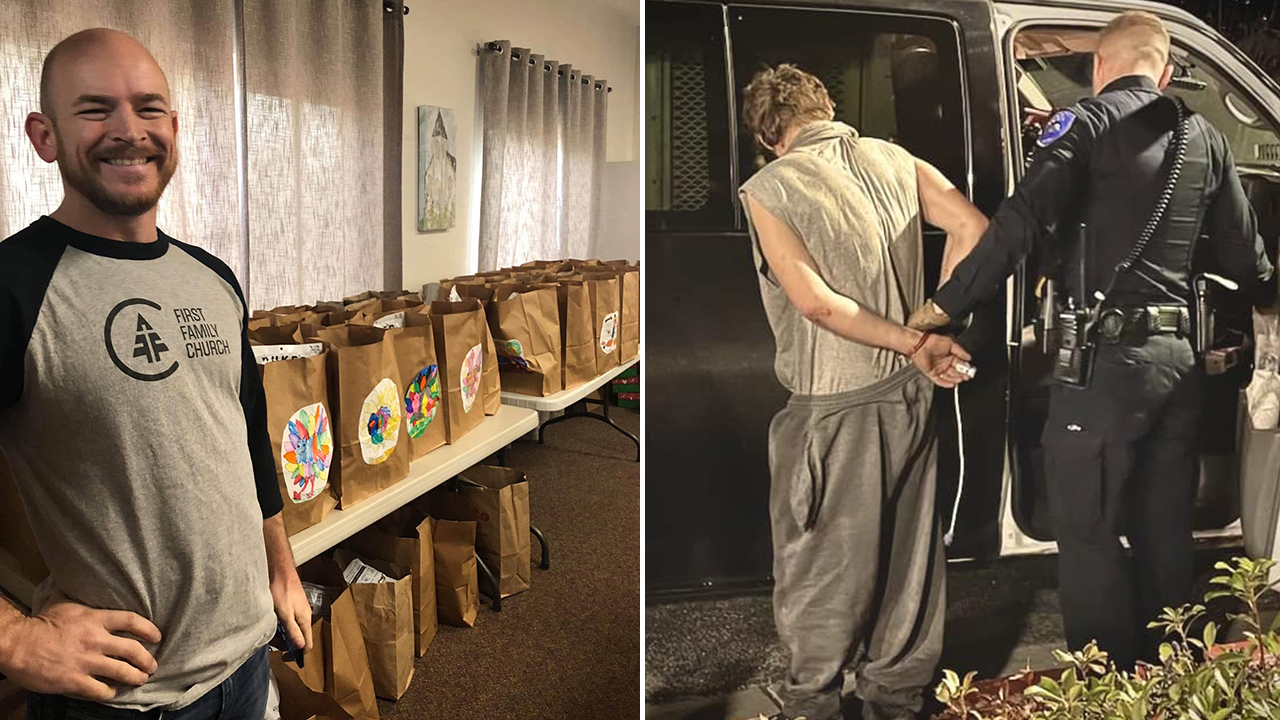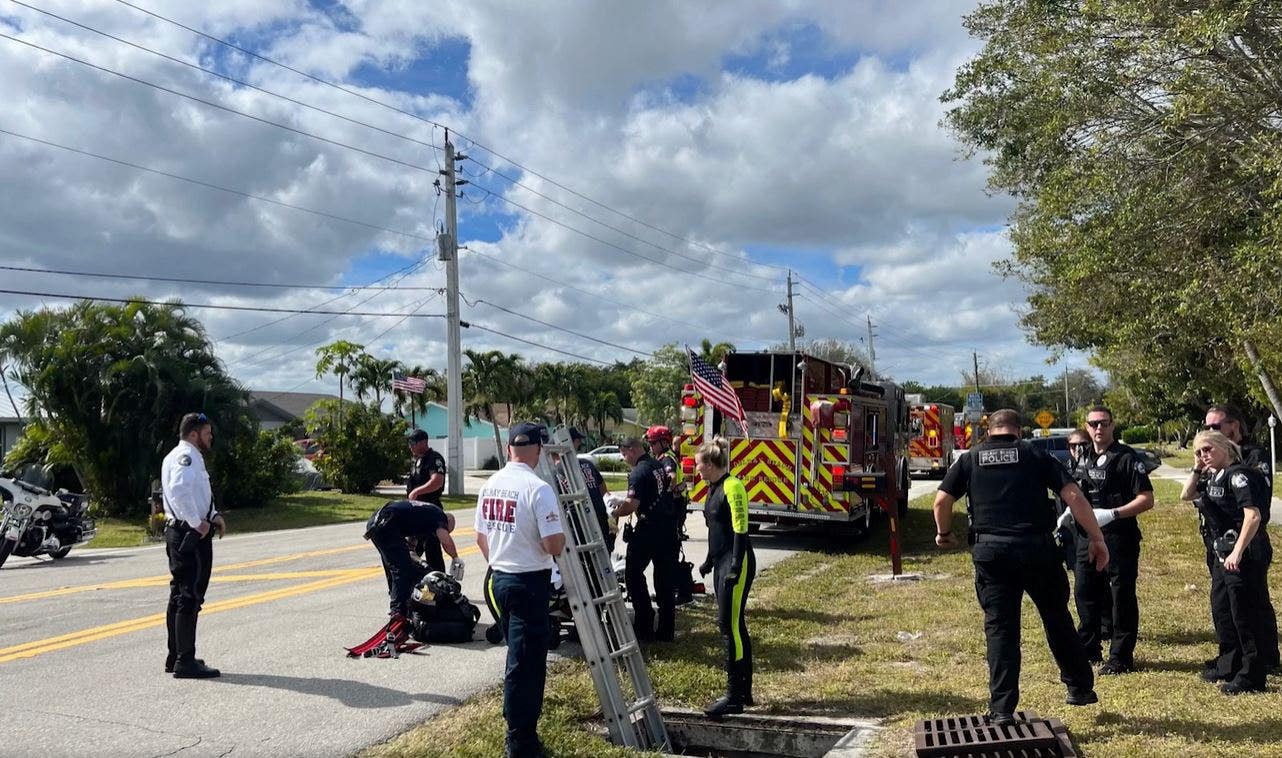A nuclear weapon doesn’t need to be used in war to have lasting impact. More than 2,000 such weapons were tested during the 20th century, leaving behind generational fallout that affects human beings, public health and the environment. The American government has not finished cleaning up the consequences of testing that ended decades ago, and the possibility of restarting today is real.
As W.J. Hennigan details in his latest for Times Opinion’s “At the Brink” series, the United States, Russia and China are all modernizing their testing facilities. None of the nations have conducted an underground nuclear test since they all signed the 1996 Comprehensive Nuclear Test Ban Treaty. But the United States and China never ratified the document into force, and Russia rescinded its ratification in November, a step backward for international arms control.
Now, commercial satellite imagery provided by Planet Labs PBC shows that all three pre-eminent nuclear powers are modernizing and expanding their testing infrastructure, adding new buildings, cutting new roads and boring new tunnels in recent years. The photos, analyzed by the James Martin Center for Nonproliferation Studies at the Middlebury Institute of International Studies, are not proof a test is imminent, but they do indicate preparations are being made if political leaders ever decide to give the go-ahead.
The United States says it’s being transparent about its expansion in Nevada, where it previously conducted 928 nuclear tests. It’s building a state-of-the-art underground lab that conducts subcritical tests, or experiments that use explosives on components of a weapon but fall short of triggering a nuclear chain reaction. The surrounding support facilities, the National Nuclear Security Administration says, are for “security, food, housing, and administrative needs” for on-site personnel.
The Russian Novaya Zemlya test site is on an archipelago in the Arctic Ocean. New construction is seen at several tunnel entrances drilled into the side of the mountain range there, near where many tests took place from 1955 to 1990. Construction was recently completed on the largest facility on the base, alongside support facilities and new roads.
The sprawling Lop Nur site in northwest China has perhaps undergone the most sweeping changes. The New York Times published an investigation in December detailing what experts have learned. More than 30 buildings have been added or renovated at the main support base alone, since 2017. The Chinese have also drilled new vertical shafts capable of hosting larger nuclear tests than the older horizontal tunnel network.
Before the world goes down this path again, it is vital to see and understand how testing continues to affect the planet and its peoples today. To facilitate that, Hennigan takes us through the history of testing.
While the majority of tests were undertaken at the far reaches of civilization, their legacy is lasting. It’s evident in the chronic illnesses and cancers that are pervasive in the surrounding populations, and perhaps can now best be seen in rural Arkansas. Immigrants from the Marshall Islands who settled in the area, as well as their descendants, are estimated to represent about 2 percent of the population; those residents account for 38 percent of the deaths there during the coronavirus pandemic’s first four months. Hennigan traveled there to tell their story.
The United States has yet to issue a formal apology for the widespread contamination that has shaped the lives of all Marshallese, and instead paid out a “full and final” settlement years before the true costs were known. The Marshallese, like the Americans sickened by the effects of aboveground tests in New Mexico and Nevada that took place between 1945 and 1962, deserve justice.
Instead, Congress allowed the Radiation Exposure Compensation Act to expire earlier this month, leaving thousands of uranium miners, atomic veterans and test victims without federal support. It marked the first time in 34 years that the government turned its back on Americans sickened because of their exposure to radiation during U.S. nuclear weapons mining and testing during the Cold War.
More politicians should back the bill cosponsored by Senators Josh Hawley (R-Missouri), Ben Ray Lujan (D-New Mexico) and others to expand and extend this lifesaving aid. Claiming ignorance isn’t an option.
Beyond testing, history tells us that having even a single nuclear weapon on earth risks accidents and miscommunications that could mean Armageddon. Throughout the Cold War, human beings have, by luck, stepped in to prevent such catastrophe. We know the consequences of testing, however, and those mistakes should never be repeated.
Read more here:






